Experiencing sound problems on your Windows 11 computer can be quite frustrating. Whether Windows isn't recognizing your audio devices or the speakers are simply not outputting any sound, these issues can disrupt your day. Luckily, most audio problems stem from software glitches that can be resolved with some troubleshooting. In this guide, we'll explore several methods to help you fix audio issues on Windows 11.
Common causes of audio issues
There are several reasons why you might be facing audio problems on your system:
- Outdated, incompatible, or corrupted sound drivers.
- Incorrect audio settings configuration.
- Disconnected external sound devices.
- Wrong audio output device selected.
- Disabled audio services.
Method 1: Update audio drivers
Outdated or corrupted audio drivers are a common cause of sound issues. Updating your audio drivers can resolve many problems.
Step 1: Click on the Start button and select the Settings icon to open the Settings app. Alternatively, press Windows+I on your keyboard.
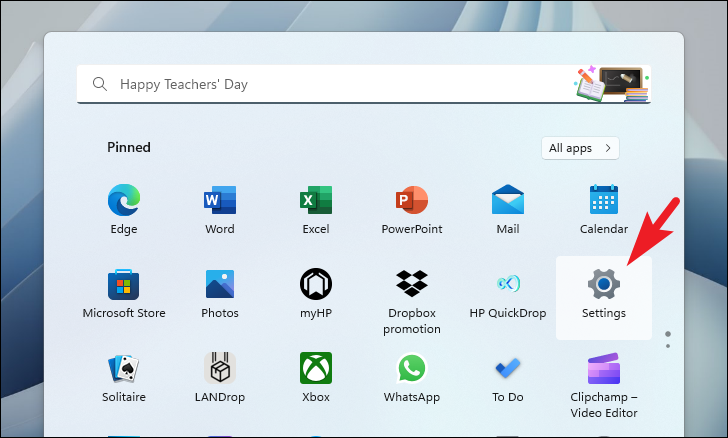
Step 2: In the Settings window, click on the Windows Update tab from the left sidebar.
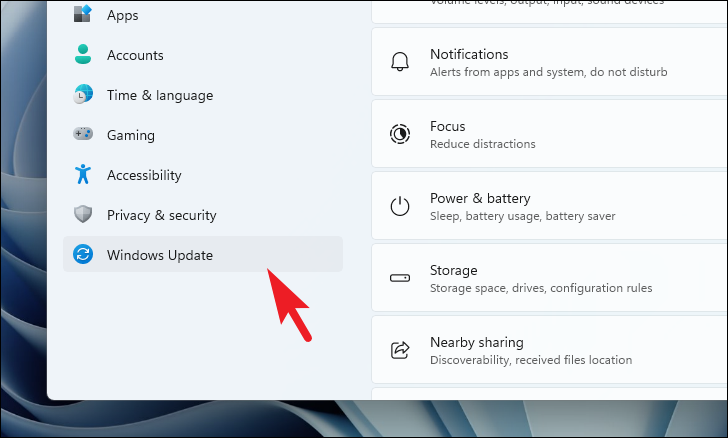
Step 3: Click on the Advanced options tile on the right.
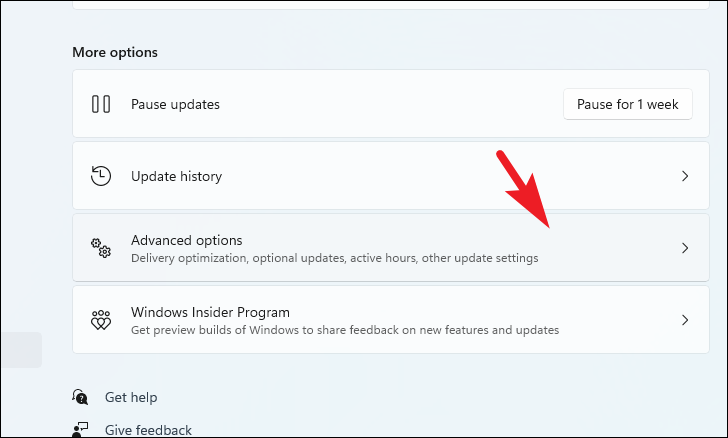
Step 4: Select Optional updates.
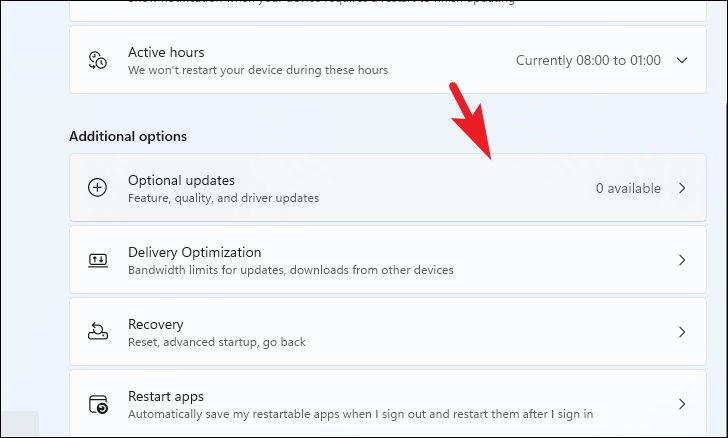
Step 5: Check any available driver updates related to audio by clicking on the checkboxes next to them, then click on Install.

Step 6: Once the updates are installed, restart your computer and check if the audio issue is resolved.
Alternative method: You can also update drivers via Device Manager.
Step 1: Open the Start menu, type Device Manager, and select it from the search results.
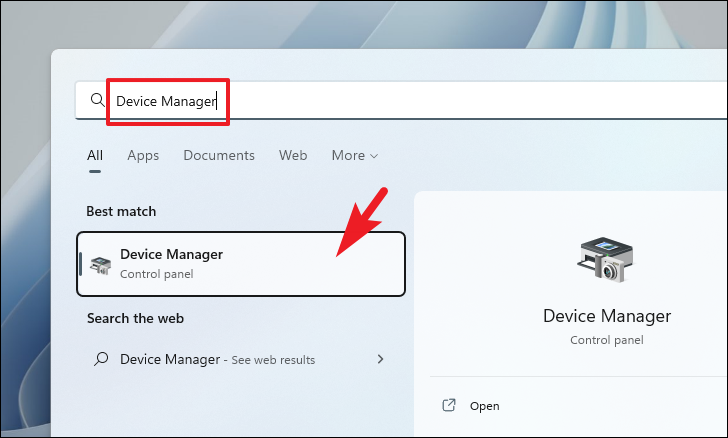
Step 2: Expand the Audio inputs and outputs section by double-clicking it.
Step 3: Right-click on your audio output device (e.g., Speakers) and select Update driver.

Step 4: Choose Search automatically for drivers to let Windows find the latest driver.

Step 5: If a new driver is found, install it and restart your computer.
Force update the driver: If updating doesn't help, you can reinstall the driver.
Step 1: In Device Manager, right-click on your audio device and select Uninstall device.

Step 2: Confirm by clicking Uninstall in the prompt.
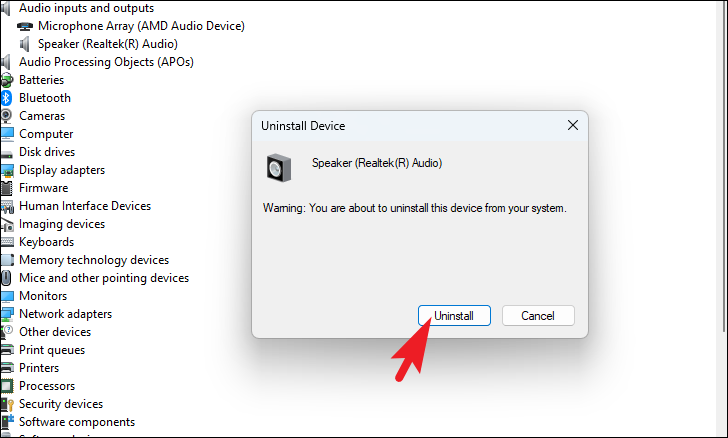
Step 3: Restart your computer. Windows will automatically reinstall the audio driver.
Step 4: After restarting, check for updates in the Optional updates section under Windows Update to ensure the latest driver is installed.
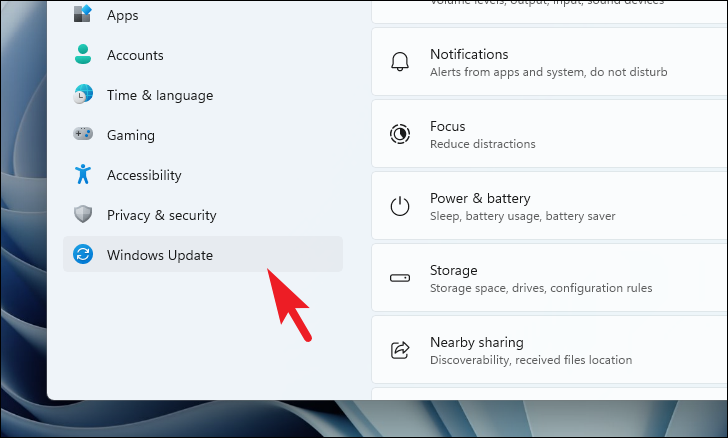
Step 5: Install any available updates and restart your computer if necessary.
Method 2: Run the audio troubleshooter
Windows 11 has a built-in audio troubleshooter that can automatically detect and fix common sound issues.
Step 1: Open the Settings app by pressing Windows+I.
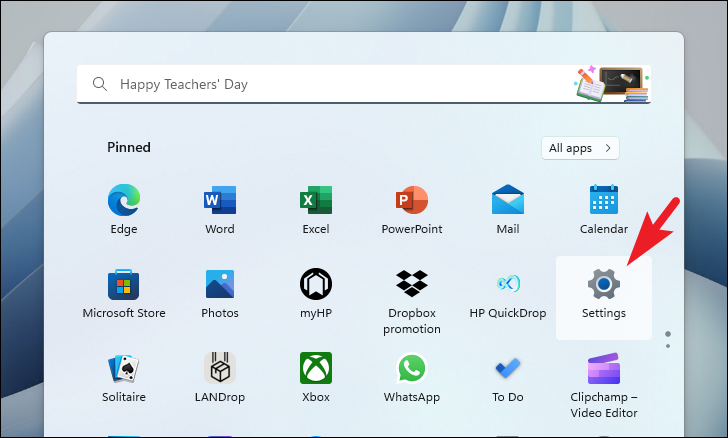
Step 2: Ensure you're in the System tab in the left sidebar.
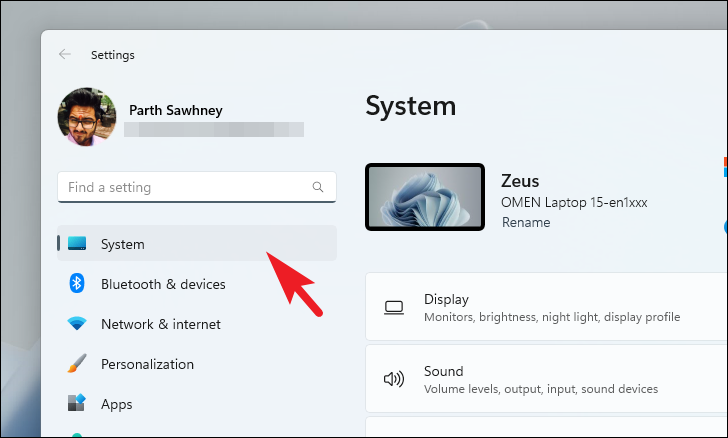
Step 3: On the right, select Troubleshoot.

Step 4: Click on Other troubleshooters.
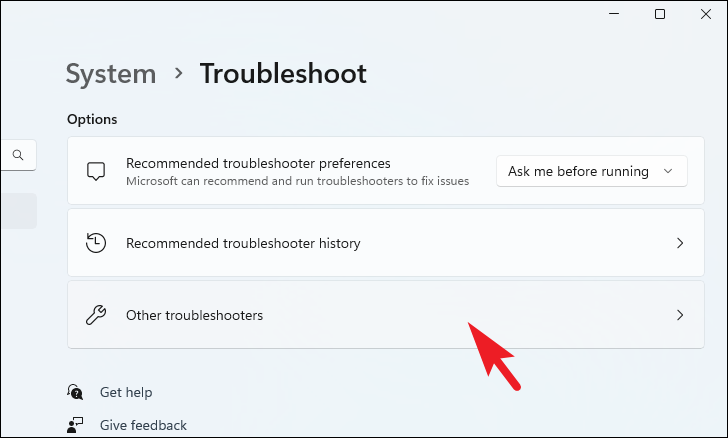
Step 5: Find the Playing Audio troubleshooter and click on Run.
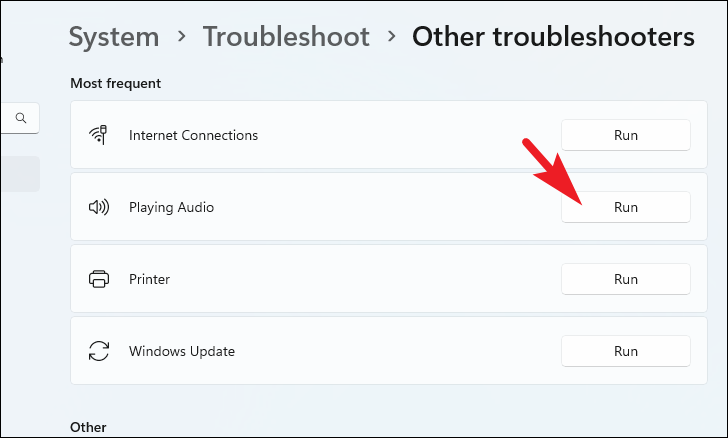
Step 6: Follow the on-screen instructions to complete the troubleshooting process.
Method 3: Make sure correct audio output channel is selected
Sometimes, the wrong output device might be selected, resulting in no sound from your desired speakers or headphones.
Step 1: Click on the Volume icon in the taskbar to open the sound settings.
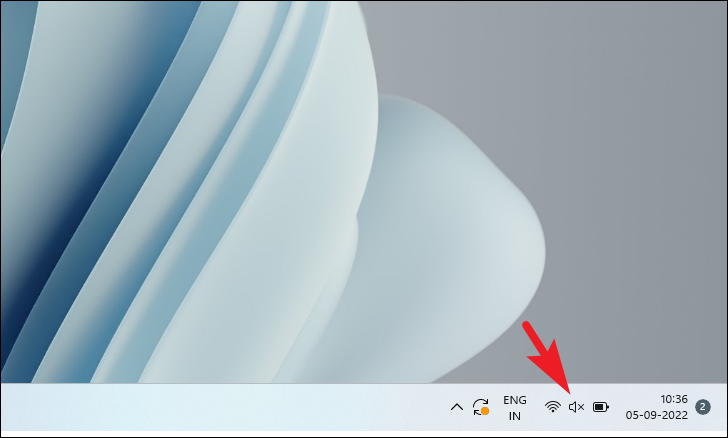
Step 2: Click on the Sound output button (the name of the current output device) next to the volume slider.
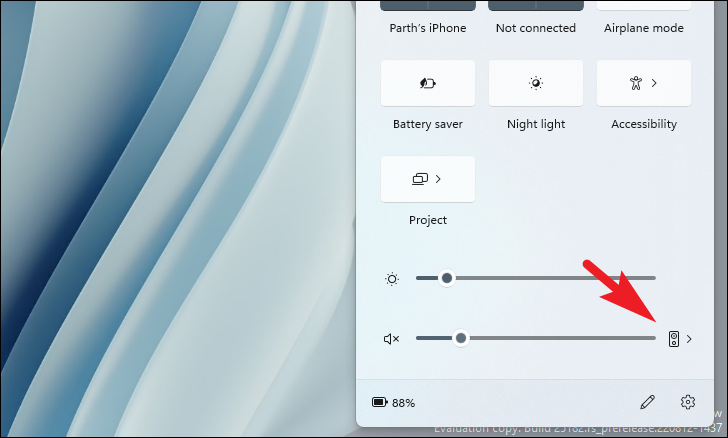
Step 3: From the list, select the audio output device you want to use.

Method 4: Enable audio device from volume mixer
If your audio device is disabled, you won't hear any sound. Enabling it from the volume mixer can fix the issue.
Step 1: Open the Settings app by pressing Windows+I.

Step 2: In the left sidebar, select the System tab.

Step 3: Click on Sound on the right.
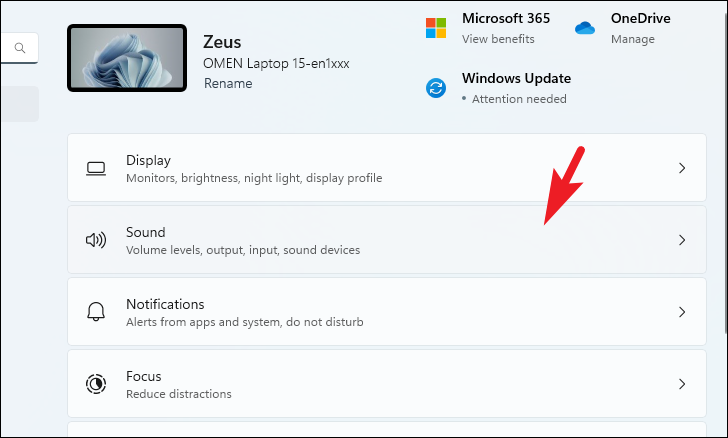
Step 4: Scroll down and click on More sound settings to open the Sound window.
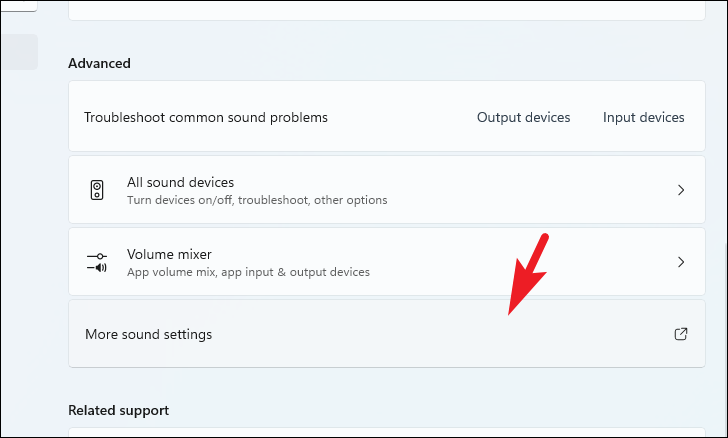
Step 5: In the Playback tab, right-click on your audio device and select Enable. Disabled devices are shown as greyed out.

Step 6: If the device is already enabled but still not working, you can try disabling audio enhancements.
Step 7: Select your audio device and click on Properties.
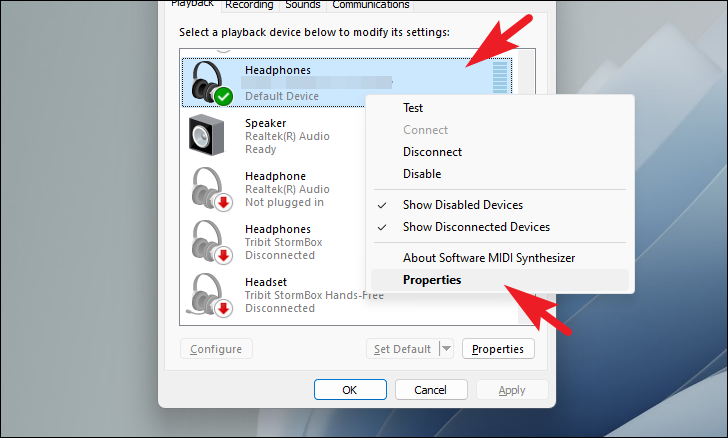
Step 8: Go to the Enhancements tab and check the box next to Disable all enhancements. Click Apply and then OK.

Method 5: Enable audio services
Audio services might be disabled, preventing sound from working properly. Enabling them can restore audio functionality.
Step 1: Open the Start menu, type Services, and select it from the results.
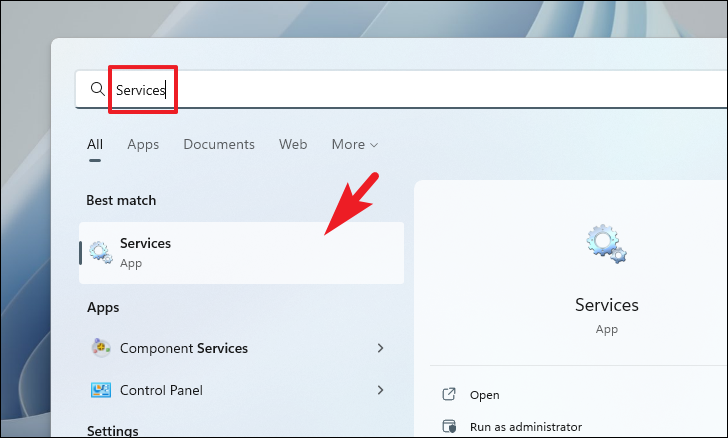
Step 2: In the Services window, find Windows Audio and double-click on it.






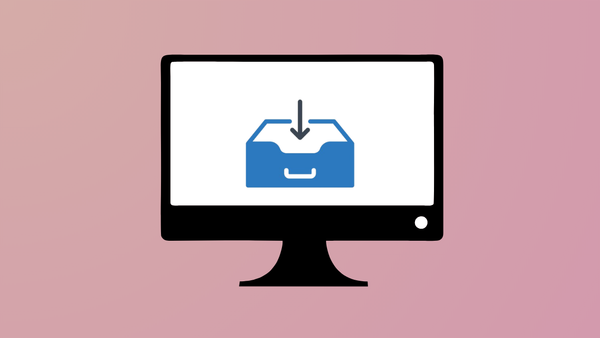

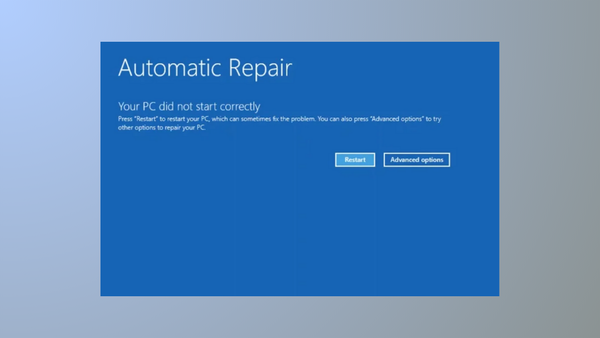
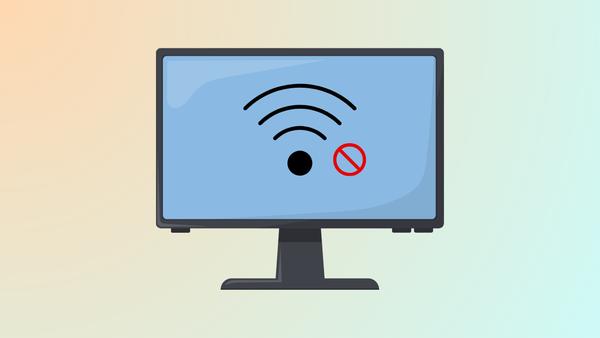

Member discussion